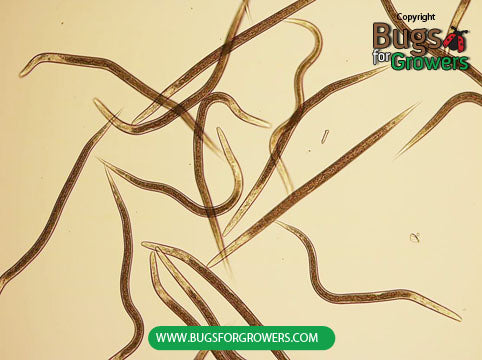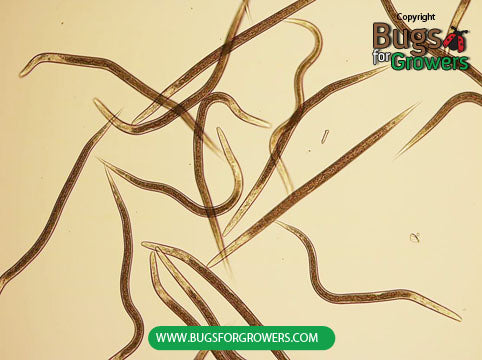Cutworms- The black cutworm, Agrotis ipsilon
Damage caused by the black cutworm
After hatching from eggs, young larvae of the black cutworms continue feeding on foliage until they turn into fourth stage mature larvae. Mature larvae generally feed on the young seedlings of different crops by cutting off their stems just above the soil line. These mature larvae also feed on the leaves of turfgrass. Larvae of black cutworms are known to cause most of the damage during nights in late summer and early fall. In case of severe infestation, these cutworms can completely destroy the crops.
Facts (show all)
- Common names
-
- Cutworm
- Scientific name
-
- Agrotis ipsilon
- Identification
-
Adults: Adult moths of the black cutworms have dark brown colored forewings with several black dots on them and whitish gray colored hind wings with dark scales.
Eggs: Eggs are round in shape and whitish to yellowish in color.
Larvae/Caterpillars: The black cutworm larvae are dark gray to black in color with a pale, narrow mid-dorsal stripe. The matured larvae the black cutworms are about 1.5 inches long but when disturbed, they form coile.
Pupae: Pupae are dark brown to black in color and spindle shaped.
- Biology
-
The black cutworms generally complete 3 to 4 generations in a year. The black cutworms overwinter as pupae or adults south. These overwintering adults then start migrating towards north from February through May. Female moths generally lay singly or in clusters over 30 eggs on the low-growing leaves near to the soil surface. Eggs hatch into small larvae that continue feeding on the leaves of weeds and seedlings of different crops until they transfer into fourth stage. The fourth stage matured larvae generally feed on the stems of the plants by cutting them off at the soil level. Then these larvae pupate in the soil. Adult moths emerge from pupae within 15- 20 days and life cycle continues.
- Organic Control of the black cutworms
-
- Following beneficial bugs and plant products are used for organic control of the black cutworms
- Egg parasitic wasps
-
- Trichogramma brassicae
- Trichogramma pretiosum
- Trichogramma minutum
- Trichogramma platneri
- Beneficial entomopathogenic nematodes
-
- Steinernema carpocapsae
- Steinernema feltiae
- Heterorhabditis bacteriophora
- Predatory praying mantis
-
- Tenodera aridifolia sinensis
- Stagmomantis crolina
- Plant Product
-
- Molt-X® - (Active ingredient – Azadirachtin a compound isolated from neem leaves)






